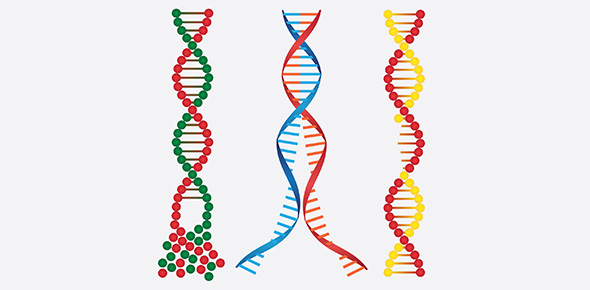Related Flashcards
Related Topics
Cards In This Set
| Front | Back |
|
Invertebrates
|
Animals that lack a backbone.
|
|
Vertebrates
|
Animals that possess a backbone
|
|
Spherical Symmetry
|
An organism possesses spherical symmetry if it can be cut into two identical halves by any cut that runs through the organism's center.
|
|
Radial Symmetry
|
An organism possesses radial symmetry if it can be cut into two identical halves by any longitudinal cut through its center.
|
|
Bilateral Symmetry
|
An organism possesses bilateral symmetry if it can only be cut into two identical halves by a single longitudinal cut along its center which divides it into right and left halves.
|
|
Epidermis
|
An outer layer of cells designed to provide protection.
|
|
Mesenchyme
|
The jellylike substance that separates the epidermis from the inner cells in a sponge.
|
|
Collar Cells
|
Flagellated cells that push water through a sponge.
|
|
Amoebocytes
|
Cells that move using pserdopods and perform a variety of functions in animals.
|
|
Gemmule
|
A cluster of cells encased ina hard, spicule-reinforced shell.
|
|
Polyp
|
The sessile, tubular form of a cnidarian with a mouth and tentacles at one end and a basal disk at the other.
|
|
Medusa
|
A free-swimming cnidarian with a bellshaped body and tentacles.
|
|
Epithelium
|
Animal tissue consisting of one or ore layers of cells that have only one free surface, because the other surface adheres to a membrane or other substance.
|
|
Mesoglea
|
The jelly-like substance that separates the epithelial cells in a cnidarian.
|
|
Nematocysts
|
Small capsules that contain a toxin which is injected into prey or predators.
|






